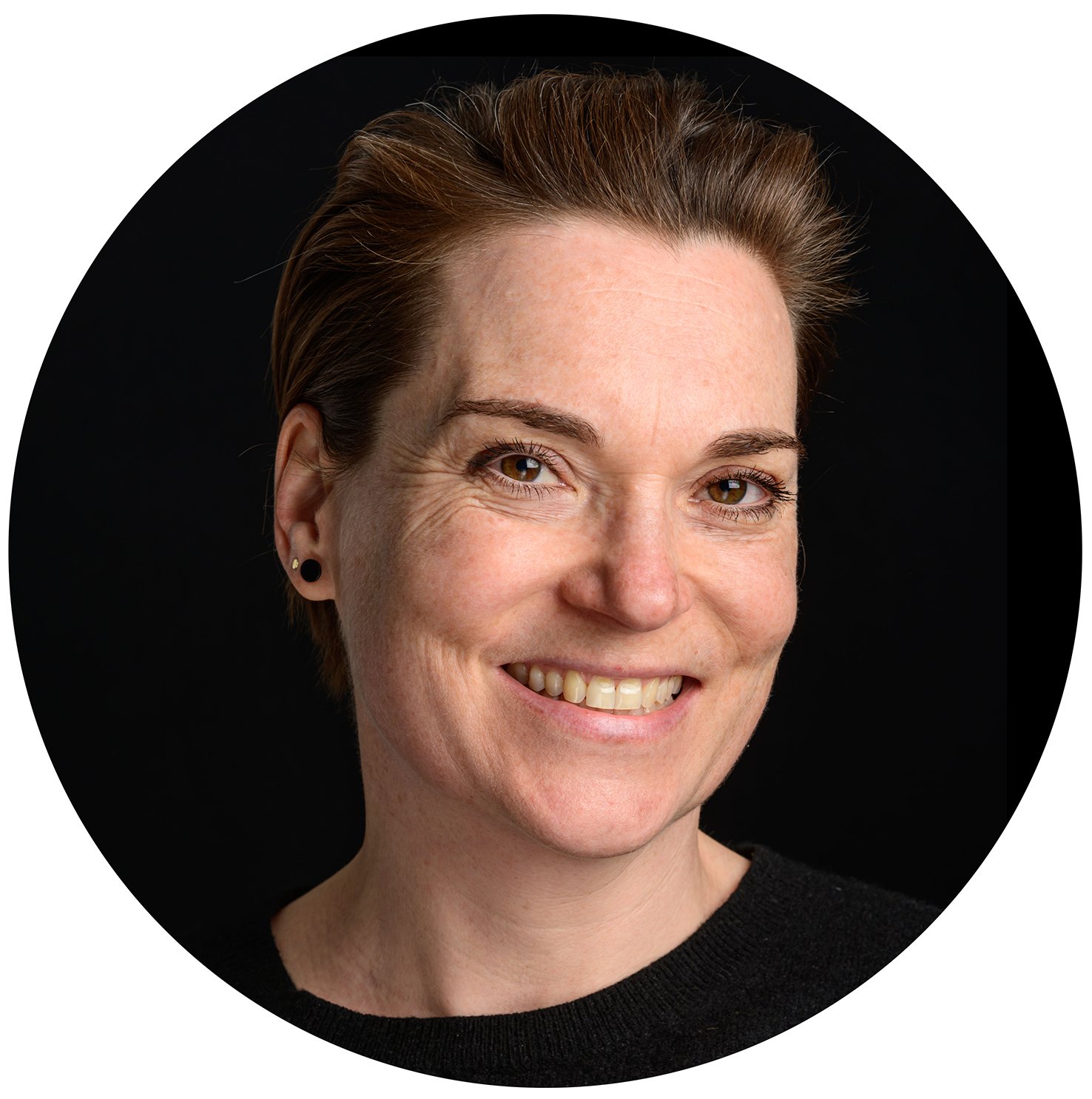In My Watercolor Palette
Welcome to Draw Tip Tuesday!
For my sketchbook practice, I use watercolors a lot - I like combining them with my ink line drawings (for which I use a fountain pen friendly waterproof ink: Platinum Black Carbon Ink).
Watercolors combine well with colored pencils or crayons too. And it's very easy to take with you on location. It's the medium with which I color my world in my sketchbook.
Finding your brand: a matter of trying
I have filled my palette with empty pans and half pans. And I fill these pans with paint from tubes, from the brand Daniel Smith.
Over the years, I have tried different brands. I still love the Van Gogh watercolors, by Royal Talens, and the Cotman series by Winsor and Newton.
I found out about the bright colors by Daniel Smith, because some artists that I like and follow, use them. So I tried a few colors, and eventually all the pans were filled with Daniel Smith watercolors.
I know artists who make amazing work with watercolors from Sennelier, or Schminke, and I probably could have landed on teither of those being 'my brand', if I had come across these brands and their benefits before I started to get familiar with Daniel Smith.
I am not married to the brand, but once you get to know your palette, and you run out of one of the paints, it's just easier to buy another tube of the same, than trying something new, and discovering if the pigments behave any differently than you're used to, for example.I won't be recommending any brands here - I can only show you what I got attached to throughout the years; the colors that are very familiar to me and that work for me. I know how they behave when I combine them, so I don't need to think much about the mixes I make. When I would add paints from a different brand, I would need to get acquainted with those once again, and reinvent my palette.
Whatever brand of paints you use, make sure you know your colors.If you don't know your palette well, make swatches. Take a look at the order they're in, on your palette. Does it make sense to you? Do you know the difference between your blue and your green? Sometimes that's very hard to see. Do you want them next to each other or would you rather have them further apart, so it works more intuitively?
Mix your paints and see how they behave. Try mixing more water, or less. And try it on different kinds of paper too, you might be surprised about the diversity of results.
How I found my palette
Over the years I have found that I like having two different yellows in my palette. A more lemon-y yellow, and a warm yellow. I like to have a natural sienna, or a yellow ochre. The versatility of Quinacridone gold made me feel in love with it, then I took it out of my palette for a while, and when I started to miss it, put it back in.
I like to have three different blues in my palette, and two greens, a warmer and a cooler one - same goes for red; although currently, I have added a third red back in, that I left out for a while.
I need brown in my palette. I like burnt sienna, which is quite transparent - sometimes that's a good thing, sometimes it isn't. Burnt umber is great to use straight from the tube and for mixing. Van Dyck brown is a wonderful dark brown for mixing. I also know to be a bit careful with the yellows, as they are a bit more opaque than the rest.
Some people like having black in their palette. Especially for mixing exciting greens, combined with yellow, black can be useful. I never use black. Maybe that's partly because I like working with a pitch black ink that I like to combine with my watercolors.
There's no gray in my palette either. I know many people love Payne's gray, to use for shadows, for example. It is indeed a wonderful color, but I like to mix my own gray. I do that because I have more control over the warmer or cooler tone, and I like that it'll be a little different with each mix. That keeps it lively.
I often get the question how to mix skin tone - and that of course is a question that doesn't have one answer, because there are as many skin tones as there are people in the world. I'll show you in today's video a few of an endless range of mixes.
Watercolors in my palette, all from the brand Daniel Smith:
Hansa Yellow Medium
New Gamboge (= warm yellow)
Monte Amiata Natural Sienna
Quinacridone Gold
Sap Green
Hooker’s Green
Cerulean Blue, Chromium
Ultramarine Blue
Indigo
Van Dyck Brown
Italian Burnt Sienna
Burnt Umber
Permanent Red Deep
Quinacridone Rose
Transparent Pyrrol Orange







